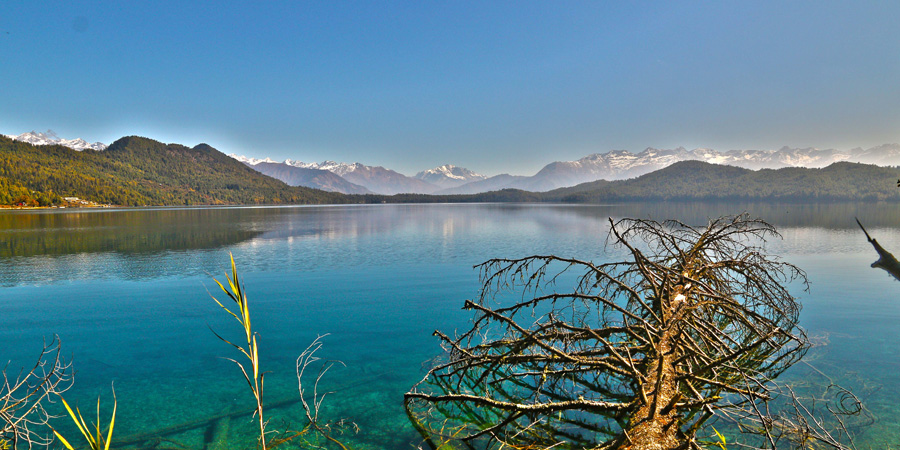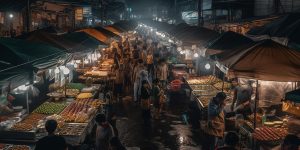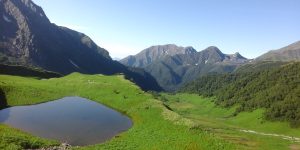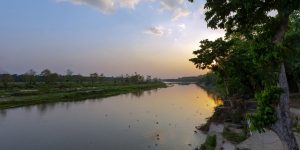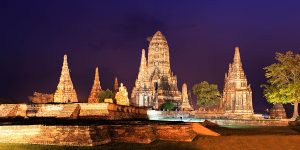I am always excited at the prospect of traveling to new places. Doing so allows me to transcend the day-to-day and traverse unfamiliar paths. Discovering new places and experiencing new cultures allows me to widen my cultural competence and expand my worldview. As such, I am always on the lookout for my next great adventure into the unknown.
When I was asked to travel to Mugu as part of a research team studying the political economy of the Rara watershed, I jumped at the opportunity. I had never travelled to Mugu before so my enthusiasm was sky-high. My feet, however, were planted firmly on the ground–after all we had a job to do. The objective of our trip was to gather as much information as possible from locals about aquatic biodiversity in the Rara region. To meet our goal, we had to be on a strict schedule–our work days started early and ended late. We travelled on foot to several villages as many were not accessible via motor roads. To reach some villages, we walked through picturesque landscapes such as along the Rara Lake to reach Murma Village (3,500 meters above sea level) and along the Khatyad River to reach Khatyad Rural Municipality (a 7-hour hike in total).
In addition to Mugu’s picturesque views, we also enjoyed its other great offering–medicinal herbs. Juice made from Seabuckthorn and tea prepared from Atis Root helped us stay hydrated and warm. In addition to Seabuckthorn and Atis Root, Mugu is famous for medicinal herbs such as Yarsagumba (Caterpillar fungus/Cordyceps), Sugandhawal (Indian Valerian), and Gucchi Chyau (Morel Mushroom). These herbs are in high demand because of their medicinal properties and are exported to many parts of the world, mainly to India and China, and significantly contribute to the local economy.
As Mugu is located in the most remote part of Nepal, it is one of the least developed regions in the country. Access to energy is still unreliable and the district continues to grapple with long power cuts with some areas having no electricity at all. Solar systems and cell phone connectivity, however, have managed to reach even the remotest of villages. While firewood is still used for cooking, Liquified Petroleum Gas (LPG) is popular among households connected by motor roads. Places connected via motor roads were more vibrant, economically dynamic and larger in size.
Infrastructure development,mainly construction of motor roads,is the main demand of local constituents as well as the primary development agenda of local governments. In keeping with local demand, road construction is taking place at a rapid pace in Mugu. However, construction is being undertaken without consideration of its environmental impact, which has been detrimental in many cases. In a number of places, we could observe that a large quantity of sand and rocks had been poured into rivers, killing biodiversity and even altering the flow and pace of the river.
Mugu possesses a beauty that is raw and relatively undisturbed. However, unchecked development threatens to jeopardize the serenity and tranquility of the region. Considering the remoteness of its location, it could be a while before Mugu can truly thrive. Nevertheless, the people of Mugu are hopeful that the new federal structure will bring positive changes to the region and prosperity to its people in the near future. As for me, the trip was a refreshing journey that allowed me to experience the Western part of Nepal, which I had not previously explored. I eagerly look forward to my next trip to the wild west.

